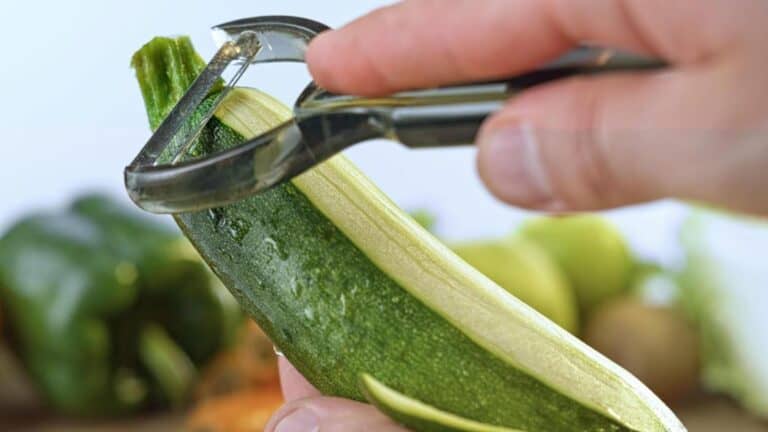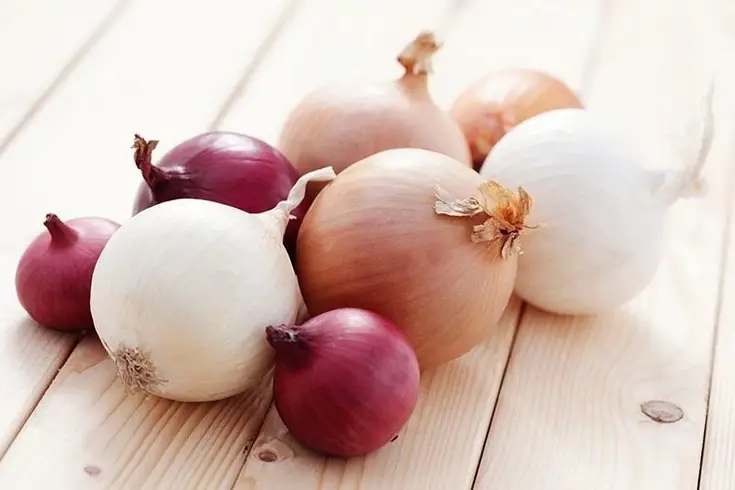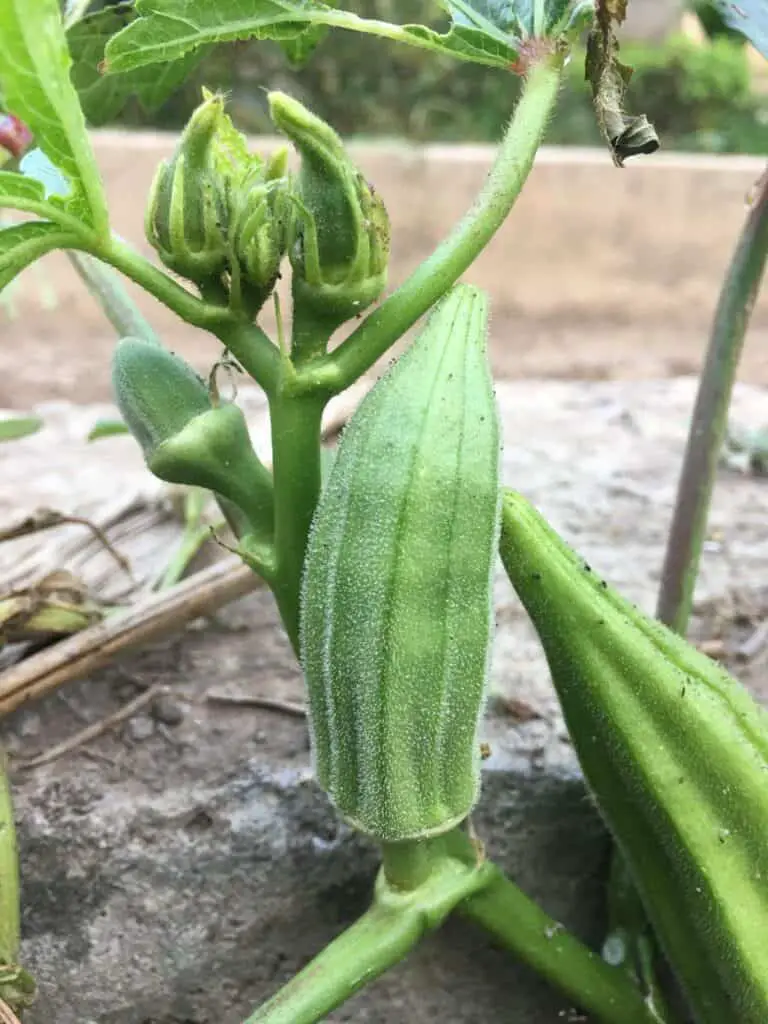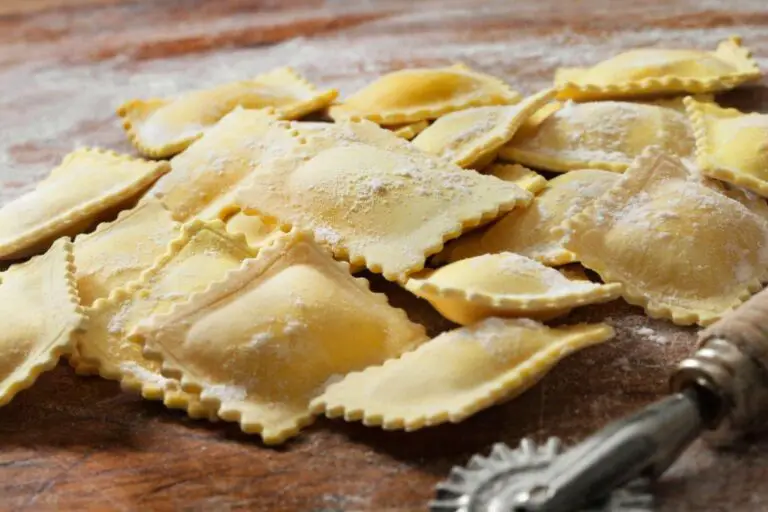Why Is My Avocado Watery? Common Causes and Solutions
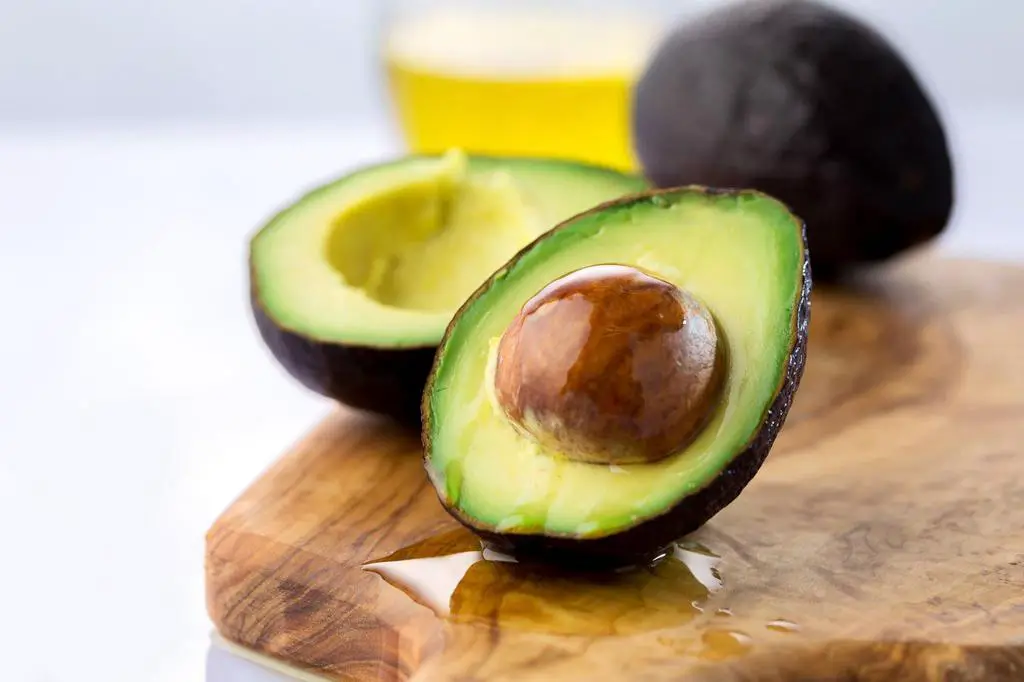
Have you ever cut open an avocado, expecting creamy goodness, only to find it disappointingly watery? People prize avocados for their creamy texture and rich flavor. They are a favorite ingredient in salads, sandwiches, and dips like guacamole. However, encountering a watery avocado can be disappointing and puzzling.
In this article, we delve into why avocados get watery. We explore how ripeness and storage are crucial. We also give tips to pick and prepare creamy, satisfying avocados. By the end, you’ll be equipped with the knowledge to enjoy consistently delicious avocados every time you indulge.
Introduction
Avocados are a beloved staple in many kitchens, but encountering a watery one can be a common and frustrating issue. The texture and flavor of an avocado can significantly impact the quality of dishes like guacamole, salads, and toast. Watery avocados lack the rich, creamy consistency. This is what makes them so desirable and leads to disappointing culinary experiences.
Imagine eagerly slicing into a perfectly ripe-looking avocado, only to find that it’s watery and bland inside. This scenario is all too relatable for many avocado enthusiasts. The anticipation of a delicious, buttery avocado is quickly replaced with the dismay of a lackluster texture and taste. It’s a letdown that can throw off the balance of your meal and leave you searching for a solution.
Understanding why avocados become watery can help. It can aid in choosing the right ones and in improving your culinary creations. Factors like improper storage, over-ripening, and even certain avocado varieties can contribute to this issue.
Understanding Avocado Texture
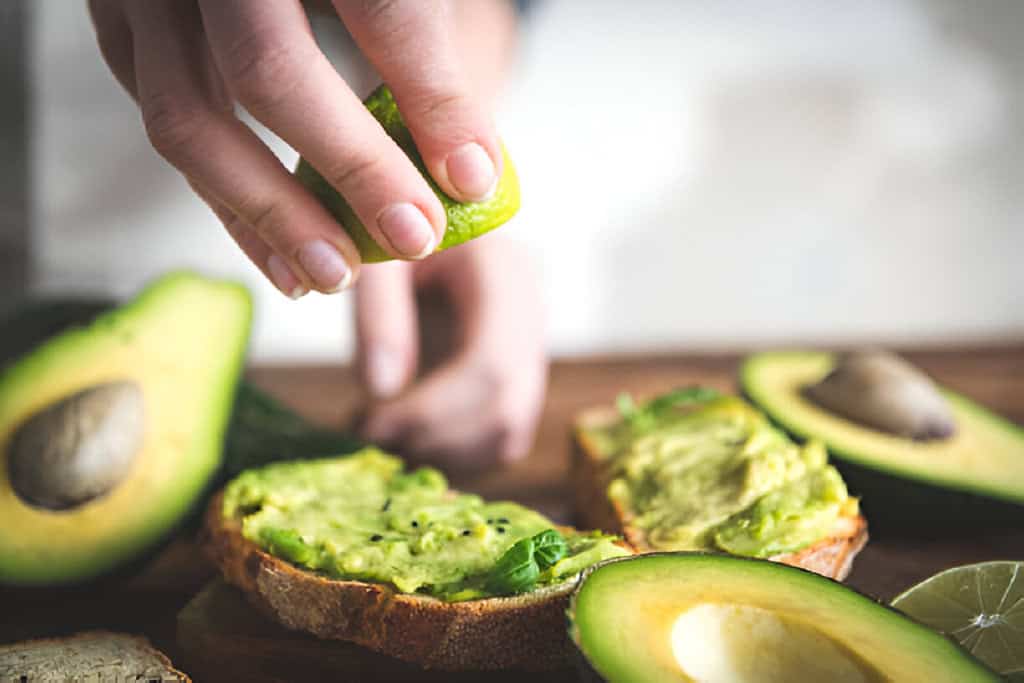
Avocados typically have a buttery consistency, with a creamy texture that enhances their appeal. When an avocado turns watery, it loses this desirable texture, becoming mushy and lacking in flavor. Knowing what makes avocados watery can prevent this issue and maintain their quality.
| Read: Do Avocados Grow on Trees or Bushes? |
Common Causes of Watery Avocados
- Overripeness: Overripe avocados tend to become watery as they break down. The flesh becomes excessively soft and loses its creamy texture, often developing a waterlogged appearance.
- Underripe Avocados: On the other hand, avocados that are not ripe enough can also be watery. They may lack the natural oils and creamy consistency that develop fully as the fruit ripens.
- Improper Storage: Avocados are sensitive to temperature and humidity changes. Storing them in the fridge can make avocados watery. Cold can change their texture and flavor.
- Varietal Factors: Different avocado varieties have varying oil content and textures. Some varieties are naturally creamier. Others may have more water, affecting their texture when ripe.
- Seasonal Variations: Avocado quality can fluctuate depending on the season and growing conditions. Changes in temperature, rainfall, and sunlight exposure during avocado growth can influence their texture and water content.
- Handling and Transportation: Rough handling or bad transportation can bruise avocados. This can make them ripen faster and become watery.
Solutions to Prevent Watery Avocados
To enjoy avocados at their best, follow these tips to prevent them from becoming watery:
- Proper Ripening: Allow avocados to ripen at room temperature until they yield slightly to gentle pressure near the stem. This indicates they are ripe and ready to eat.
- Storage Tips: Once ripe, store avocados in a cool, dry place, such as a pantry or countertop. Avoid refrigeration unless they are already fully ripe and need to be kept for longer periods.
- Use Immediately: Once cut open, avocados start to oxidize and lose their texture. Use them immediately or store them properly with a squeeze of lemon or lime juice to minimize oxidation.
Table: Avocado Ripeness Guide
| Avocado State | Description | Texture | Usage |
| Unripe | Firm, does not yield to pressure | Hard, lacks creaminess | Not ready for immediate use |
| Ripe | Yields slightly to pressure | Creamy, buttery | Ready to eat or use in dishes |
| Overripe | Yields easily to pressure, may be mushy | Watery, mushy | Best used in smoothies or dips |
| Read: Can Avocados Grow in Black Cotton Soil? |
Cooking with Watery Avocados
Cooking with watery avocados presents both challenges and opportunities in the kitchen. Their texture is less than ideal. But, there are creative ways to include them in delicious dishes. These dishes will highlight their unique flavor.
One approach is to use watery avocados in recipes that naturally complement their texture. For example, you can blend them into smoothies or add them to creamy soups. This can enhance their creamy consistency by hiding some of the wateriness. Also, watery avocados can be mashed and used as a spread for sandwiches or as a topping for toast. Their softer texture still adds a pleasant richness.
To mitigate the wateriness of avocados during cooking, certain methods can be employed. Cooking them at low temperatures can help. Putting them into dishes where heat is applied gradually can also preserve their texture and prevent more water release. Cooking avocados briefly by sautéing or grilling can improve their flavor. It won’t make them more watery.
From a nutritional standpoint, watery avocados may have a slightly lower fat content compared to their creamier counterparts, which can affect the mouthfeel and overall richness of dishes. However, they still provide essential nutrients like fiber, vitamins, and minerals. They are a nutritious addition to meals despite their texture.
Conclusion
Understanding why your avocado is watery can help you take better care of this delicious fruit. By ripening, storing, and using them right, you can keep the creamy texture and rich flavor. These are what make avocados so enjoyable.
You might be making a salad, toast, or guacamole. These tips will ensure that every avocado you use is perfect for your dishes.


